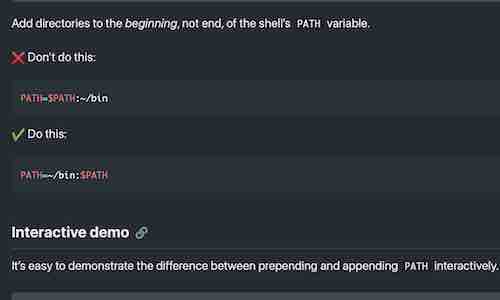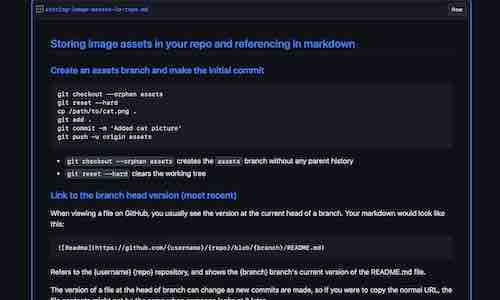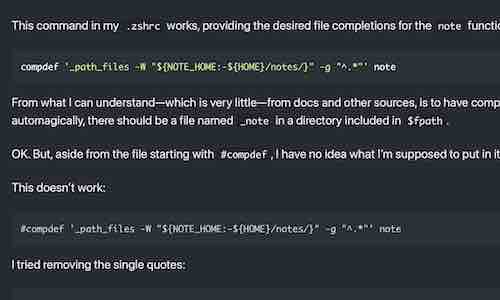A recent post from Luca Ferrari demonstrated a potential unexpected result from using variables in a FOR loop in plpgsql, as well as a reasonable workaround.
I was blissfully unaware of the danger presented by the FOR loop, but have dealt with the scope of variables in plpgsql a few times.
Another reliable way to deal with the issue is using the qualified name of the variables, which for this example would be a_table.i, a_table.j, a_table.k.
Example
CREATE OR REPLACE FUNCTION a_table()
RETURNS TABLE(i integer, j integer, k integer)
LANGUAGE plpgsql
AS $function$
BEGIN
FOR i IN 1 .. 2 LOOP
FOR j IN 1 .. 2 LOOP
FOR k IN 1 .. 2 LOOP
a_table.i := i;
a_table.j := j;
a_table.k := k;
RAISE INFO 'i=%, j=%, k=%', i, j, k;
RETURN NEXT;
END LOOP;
END LOOP;
END LOOP;
END
$function$
Result
=> select * from a_table();
INFO: i=1, j=1, k=1
INFO: i=1, j=1, k=2
INFO: i=1, j=2, k=1
INFO: i=1, j=2, k=2
INFO: i=2, j=1, k=1
INFO: i=2, j=1, k=2
INFO: i=2, j=2, k=1
INFO: i=2, j=2, k=2
i │ j │ k
───┼───┼───
1 │ 1 │ 1
1 │ 1 │ 2
1 │ 2 │ 1
1 │ 2 │ 2
2 │ 1 │ 1
2 │ 1 │ 2
2 │ 2 │ 1
2 │ 2 │ 2
(8 rows)




